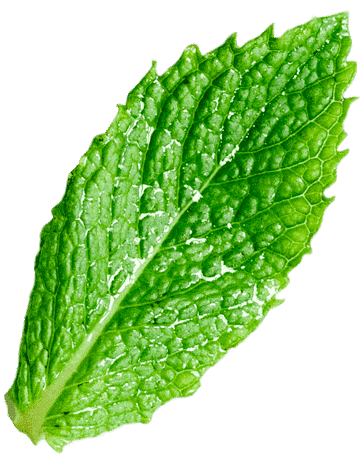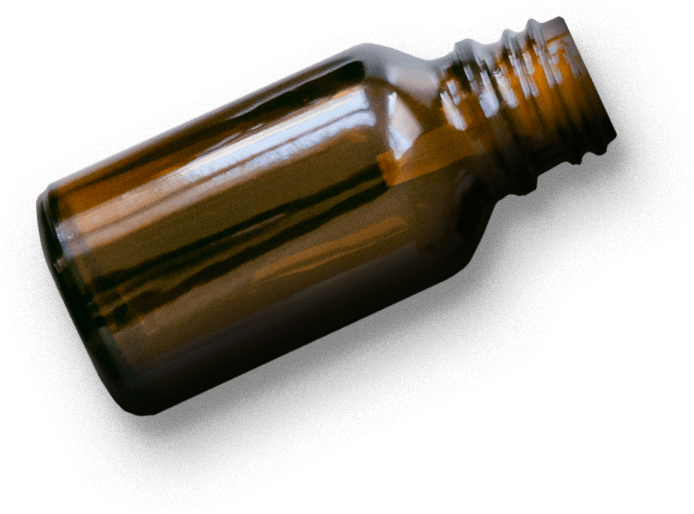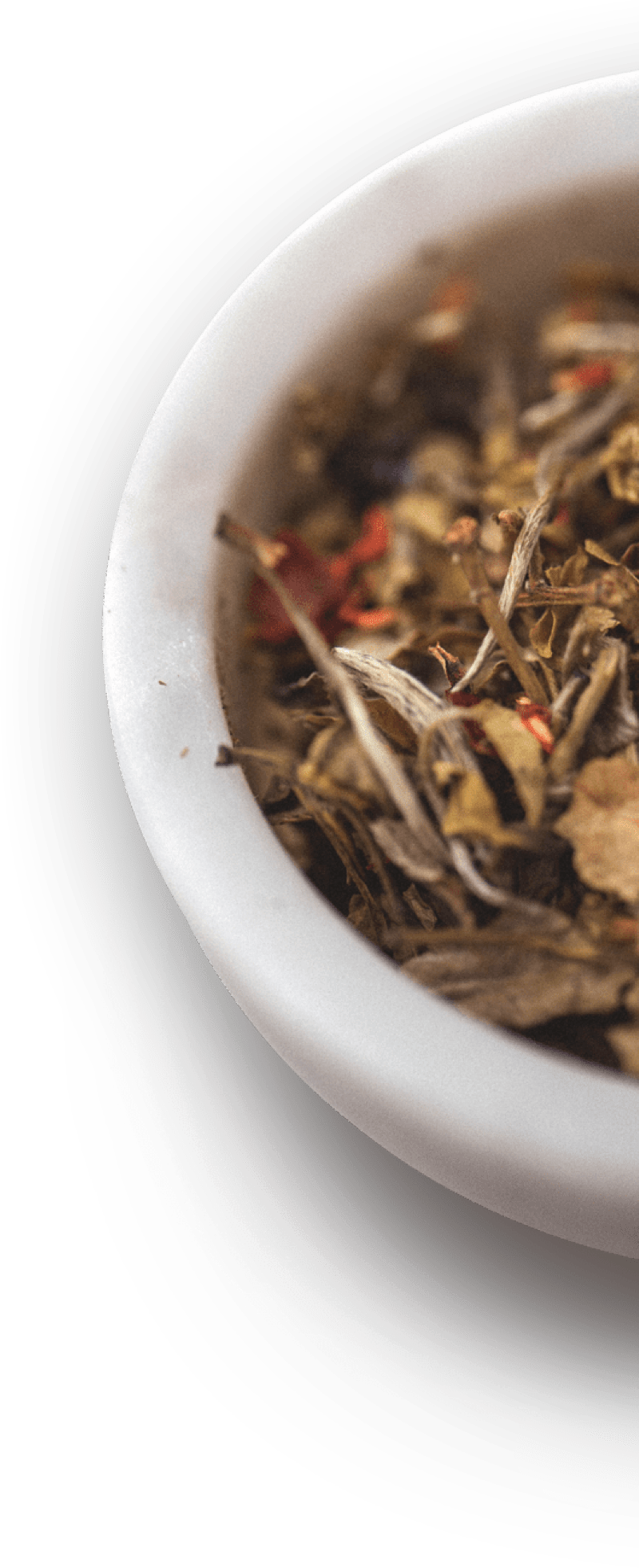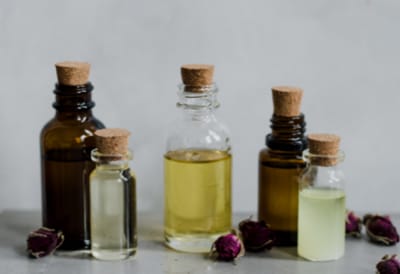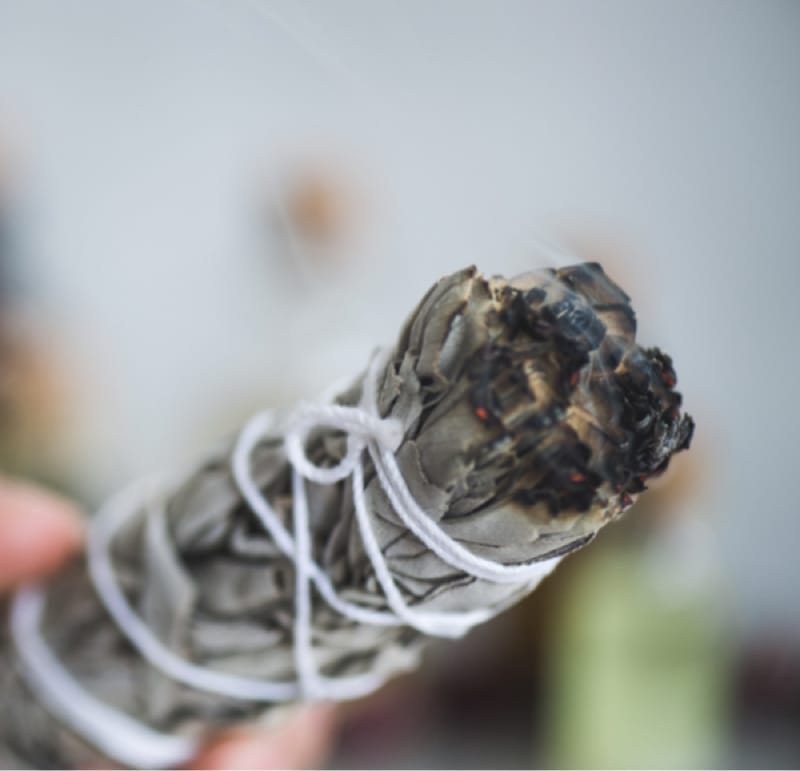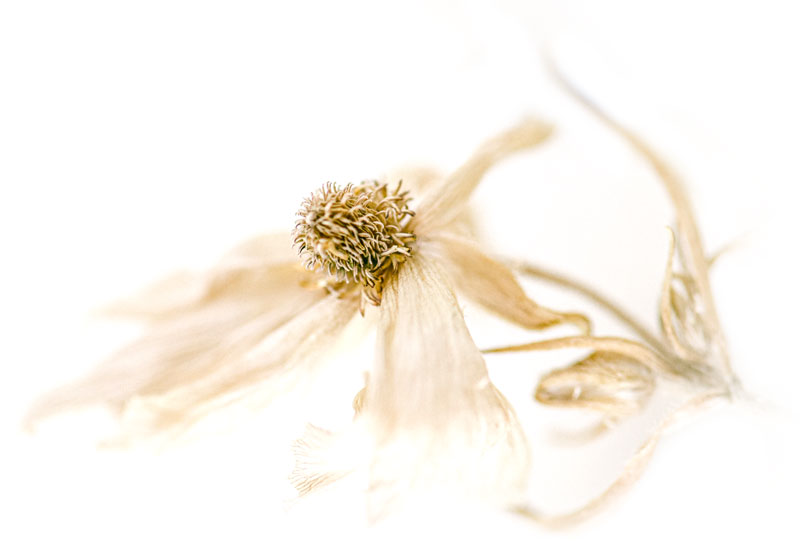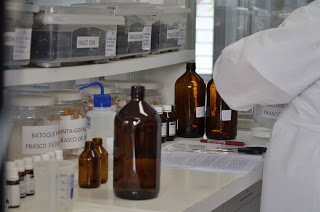
Cytokines are made by many cell populations, but the predominant producers are helper T cells (Th) and macrophages. Cytokines may be produced in and by peripheral nerve tissue during physiological and pathological processes by resident and recruited macrophages, mast cells, endothelial cells, and Schwann cells.

Proinflammatory cytokines are produced predominantly by activated macrophages and are involved in the up-regulation of inflammatory reactions. There is abundant evidence that certain pro-inflammatory cytokines such as IL-1β, IL-6, and TNF-α are involved in the process of pathological pain.
IL-1β is released primarily by monocytes and macrophages as well as by nonimmune cells, such as fibroblasts and endothelial cells, during cell injury, infection, invasion, and inflammation. IL-6 has been shown to play a central role in the neuronal reaction to nerve injury.
TNF-α is another inflammatory cytokine that plays a well-established, key role in some pain models. TNF acts on several different signaling pathways through cell surface receptors. TNF-α has been shown to play important roles in both inflammatory and neuropathic hyperalgesia.
The anti-inflammatory cytokines are a series of immunoregulatory molecules that control the pro-inflammatory cytokine response. Among all the anti-inflammatory cytokines, IL-10 is a cytokine with potent anti-inflammatory properties, repressing the expression of inflammatory cytokines such as TNF-α, IL-6 and IL-1 by activated macrophages. In addition, IL-10 can down-regulate pro-inflammatory cytokine receptors.
These specific cytokines or antagonists would act to disrupt the hyperexcitability cycle taking place in the sensory neurons, providing a new, non-opioid therapeutic approach for the treatment of pathological pain due to inflammation or peripheral nerve injury.
Macrophages are found in all tissues and are critical to injury and repair. Like neurons, macrophages are plastic and acquire different phenotypes based on the external environment.
There are two types of macrophages, M1 which secrete inflammatory cytokines, and M2 which secrete anti-inflammatory cytokines. Inflammatory cytokines promote pain and anti-inflammatory cytokines promote analgesia. Neuropathic pain pathogenesis involves neuro-immune interactions mediated by inflammatory cytokines and chemokines.
Among the immune cells involved in these interactions, macrophages and their central nervous system counterparts – microglia – are actively involved in the generation of peripheral neuropathic pain.
Depending on the type of lesion (traumatic, metabolic, neurotoxic, infections or tumor invasion), the profile of the activated macrophages and microglia in terms of time, place and subtype can substantially vary according to microenvironmental signals.
Prostaglandins (PGs) are well-established mediators of inflammation. Prostaglandin E2 (PGE2), the main PG produced during the inflammatory response, triggers pain hypersensitivity. Non-steroidal anti-inflammatory drugs are powerful analgesic molecules that inhibit cyclooxygenases (COXs), key enzymes of PG biosynthetic pathways.
However, the beneficial effects of these drugs are counterbalanced by severe long-term side effects such as gastric ulcerations or cardiovascular dysfunctions. In cancer treatments, a dose-limiting side-effect of chemotherapeutic agents is the development of neuropathic pain, which is poorly managed by clinically available drugs at present.
Chemotherapy-induced painful neuropathy is a major cause of premature cessation of treatment and so a greater understanding of the underlying mechanisms and the development of novel, more effective therapies, is greatly needed.
M1 and M8 (just explained in this blog) are homeopathic complex medicines with immunomodulatory properties, without toxicity nor mutagenic effects. This homeopathic immunotherapy can kindly restore the immune system to recognize tumor cells; thus, can be used to help without acting on a specific molecular target and without toxicity, since the self-healing is stimulated through Immune System.

Currently, the search for effective and low-cost therapies in the treatment of pain mainly in chronic diseases has increased significantly due mainly to the economic crisis and the high cost of conventional medications.
Another factor of crucial importance in the search for different types of therapies is the decrease in the side effects caused by the conventional treatments and routes of administration. In this context, the use of homeopathic products has been shown to be interesting, as they have no side effects, they have modulatory effects on the immune response and are inexpensive.
Highly diluted natural complexes and compounds comprise a combination of various different compounds considered useful for a particular symptom or disease. Clinical observations confirm the success of this treatment, which appears to allow the body to respond positively to various pathological conditions.
Many patients and physicians report similar results, such as increased appetite, reduced pain, and a return to daily activities.
Considering that the treatments remain far from ideal and knowing that the use of homeopathy has been growing in the last years, our results indicate new possibilities to be thought and tested.

Dorly de Freitas Buchi

